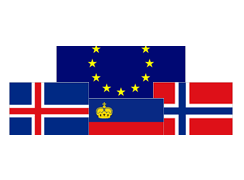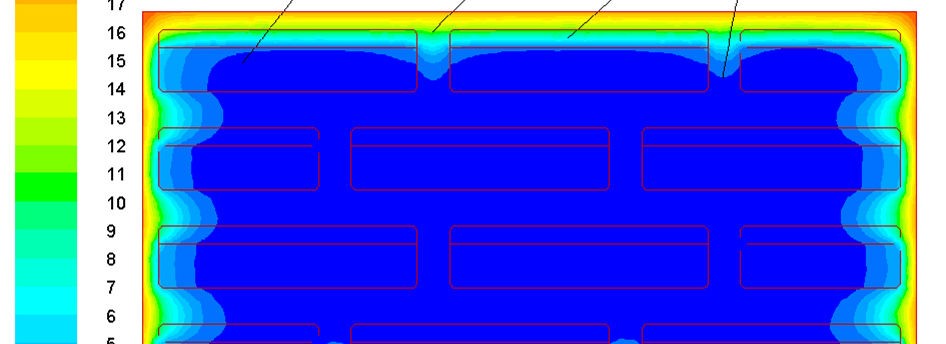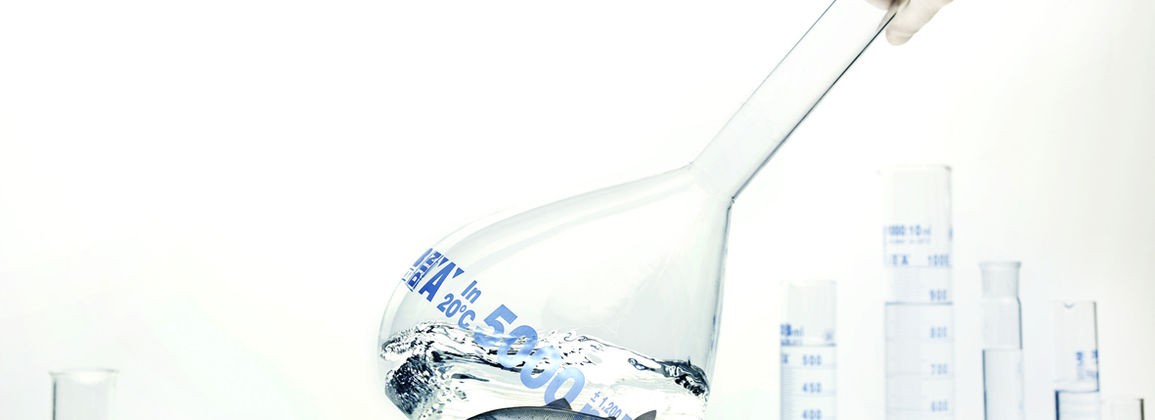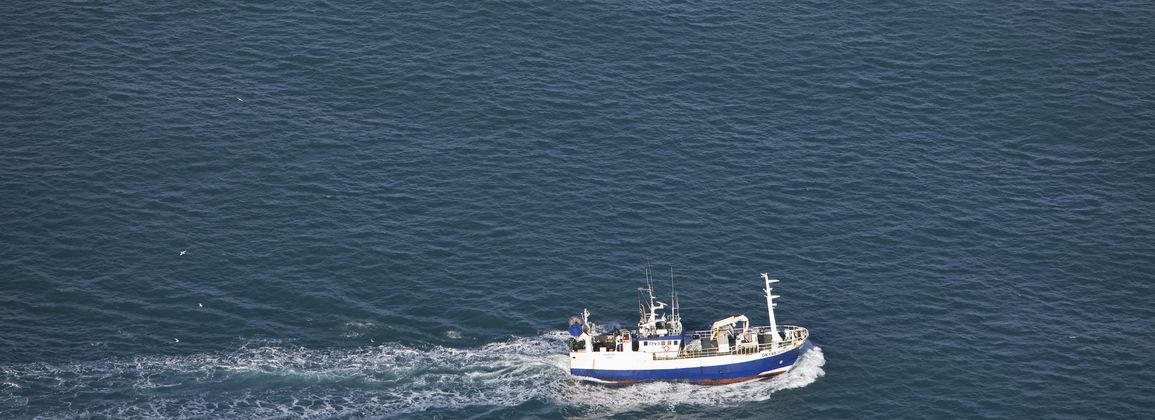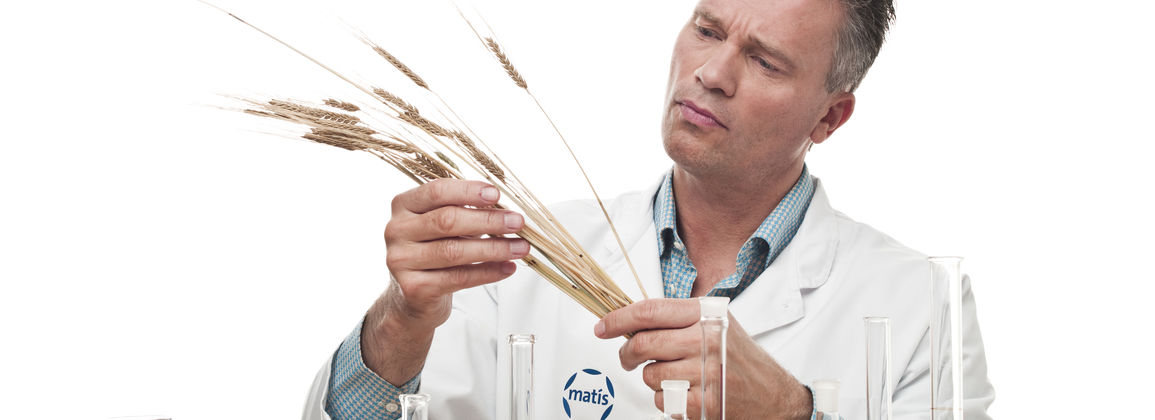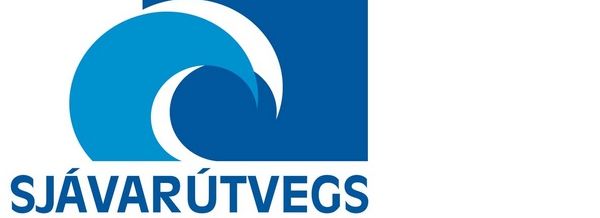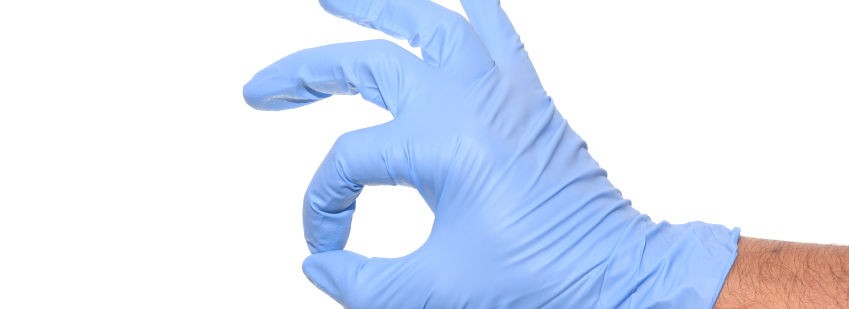Do you want to take part in shaping ways to increase the path of local food in the tourism industry?
Conference and seminar at the country hotel Smyrlabjörg in Suðursveit 26.-27. October 2011
How can local food production promote sustainability in tourism?
How should local food be marketed, what requirements should be set?
Is there a measure of sustainability certification that entrepreneurs can work on, what should it be like?
The conference starts on Wednesday 26 October at 9:30 with lectures. A seminar will be held on Thursday 27 October where the following issues will be discussed in focus groups.
- Origin labeling and marketing of regional foods
- Local sustainability, cooperation between individuals, companies and public bodies, certification of sustainability
Working groups submit a report on the current state of affairs and proposals for improvement.
Participation in the conference is free. Participants receive a special offer for accommodation and dinner at Smyrlabjörg. Accommodation with breakfast ISK 5,500 - dinner ISK 2,800. Bus service available from the airport in Hornafjörður to Smyrlabjörg for those arriving by plane (40 min).
The seminar is part of the Food and Sustainable Tourism project, which is one of RANNÍS 'top projects. The project group consists of Matís, Nýsköpunarmiðstöð Íslands, Atvinnuþróunarfélag Suðurlands, Þróunarfélag Austurlands, Samtök sveitarfélag á Vesturlandi, Rannsóknarsetur HÍ á Hornafjörður og Háskóli Íslands (see more about the project below).
Further information about the conference can be found at: www.matis.is and www.nmi.is
Participate in the development of sustainable ways of local food production and tourism!
Registration takes place here: tinna@nmi.is
Draft agenda
Chair of the symposium: Hjalti Þór Vignisson, Mayor of Hornafjörður
Day 1. (9:30-16:00)
Before noon
- What is sustainability? Regional sustainability in Iceland, what has been done in Iceland and what has it yielded? Can we learn from examples from abroad? What is the current policy of the authorities? Stefán Gíslason, environmental management specialist, Environice.
- Food and sustainable tourism: Sustainability measurements - results of pilot project presented. Dr. Þorvarður Árnason, director, & Johannes T. Welling, project manager, Research Center of the University of Iceland in Hornafjörður
- Regional specialties from a historical, cultural and artistic point of view, product characteristics and design. Lecturer unconfirmed.
- Regional / local labels - the situation today, vision. Laufey Haraldsdóttir, lecturer, Hólar University, Hólar.
- User attitudes / grassroots - short presentations from several parties about their activities and experiences. Erlendur Pálsson from Sólheimar, Laufey Helgadóttir in Smyrlabjörg and Fanney Björg Sveinsdóttir Home Market Store Höfn.
After noon
- Sustainable future - A vision for Iceland. Presentation of the Converge project. Dr. Kristín Vala Ragnarsdóttir, President of the School of Engineering and Natural Sciences, University of Iceland
- Slow food. A path to sustainable food production? Ari Þorsteinsson, Slow food.
- Sustainability in tourism, Awake. Elías B. Gíslason, Director of the Development Division, Icelandic Tourist Board
- From musculoskeletal system to industry. Perspective on local food and sustainability. Guðmundur Heiðar Gunnarsson, Production Manager, Skinney-Þinganes.
Day 2. (9:30-16:00)
Focus groups discuss the issues of the previous day. More information later.
The Food and Sustainable Tourism project
The Food and Sustainable Tourism project is working to build up local food production in different areas in the West, South and East of Iceland to promote increased sustainability in tourism. The experience from the project will then be used to transfer to other areas in the country. Through an effort to increase innovation and production, systematic efforts will be made to increase the supply and demand for local food within the tourism industry in each area. Emphasis will be placed on the turnover being better passed on to the communities in question, as economic leakage due to food imports into the areas will be reduced. Thus, the economic sustainability of the tourism industry is greatly increased.
The approach looks at new job opportunities in small-scale food production. It is also based on interdisciplinary and dynamic collaboration between interest groups that have already been established in all areas and a team of experts from universities and research institutes. This is done to offset limited access to specialized knowledge in food product development / design in the regions. With this, the social sustainability of the areas is greatly increased, which will further strengthen tourism in the area with new opportunities in the sale of products that give the tourist the opportunity to experience the country and the nation through local food and creative industries.
It is no less important to point out the increased quality of life of the inhabitants of the areas, which now even have limited access to fresh and healthy food. With increased product processing within the regions, environmental sustainability also increases significantly. In this way, all transport routes are greatly shortened, which reduces the food milage of food both in the area as a whole and within tourism. Furthermore, simplification of distribution reduces waste in the process.
Small-scale product production is based on the premise of sustainable development, where limited production is planned in a green way. The value of such production today is based on looking at the consumer as a co-producer. The product is therefore dependent on meeting the consumer's expectations of wholesomeness and good production practices.

